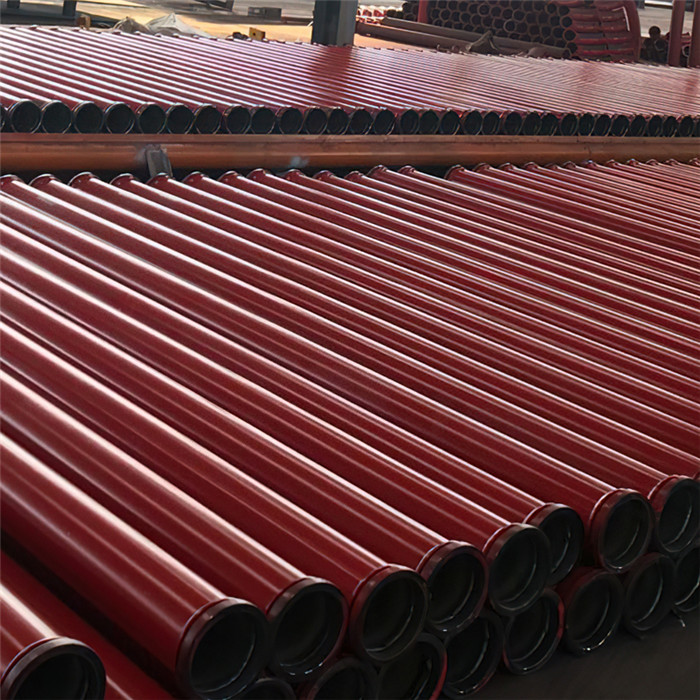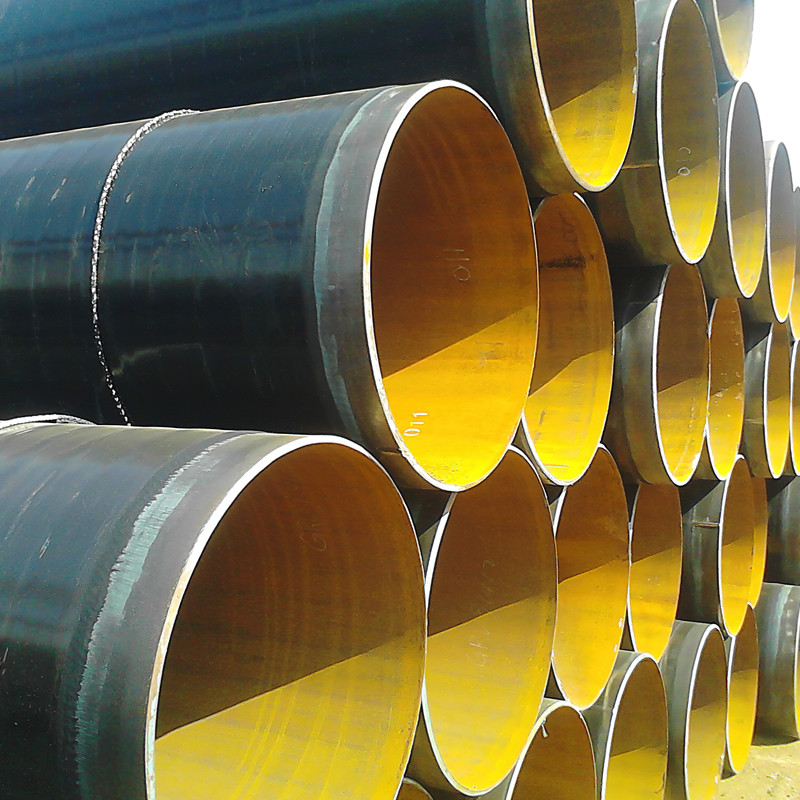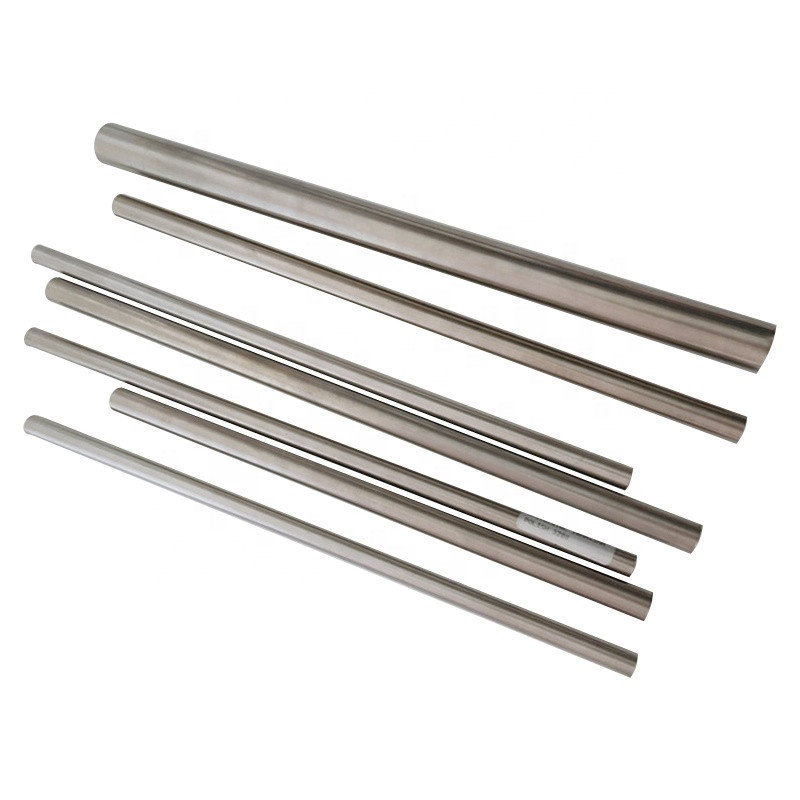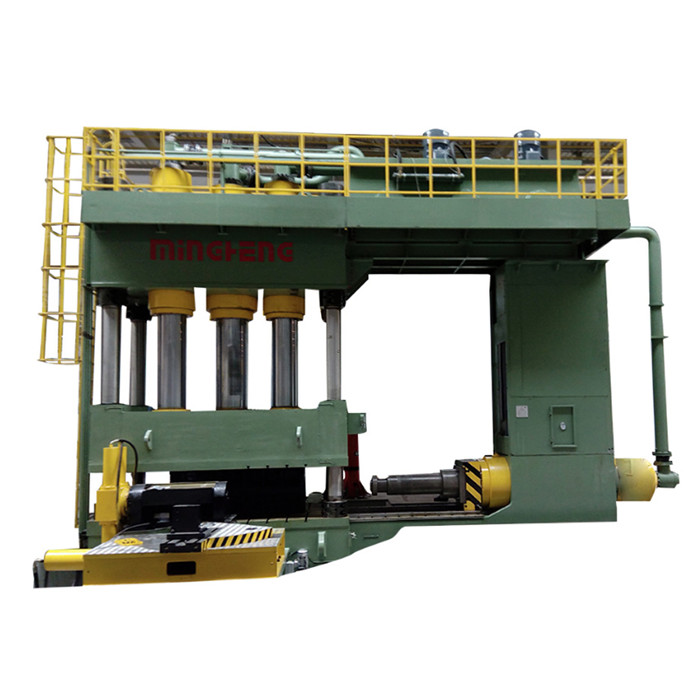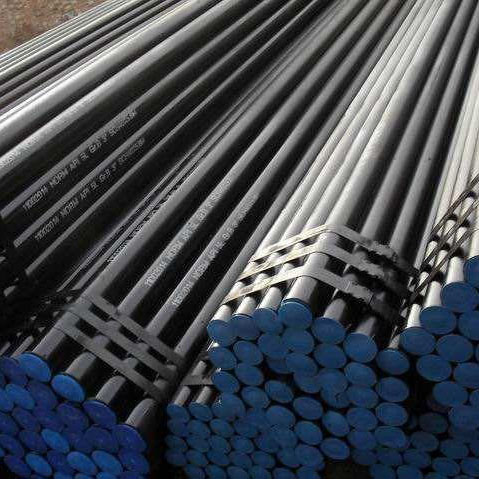- Overview of Temperature Ranges in ASTM A106 and Comparable Materials
- Critical Data Points for High-Temperature Performance
- Technical Advantages Across Different Grades
- Manufacturer Comparison: Key Metrics & Compliance
- Customized Solutions for Extreme Environments
- Real-World Applications and Performance Validation
- Optimizing ASTM A106 Temperature Range for Project Success
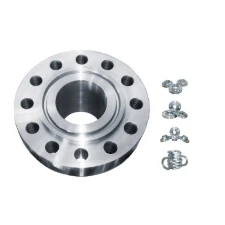
(astm a106 temperature range)
Understanding ASTM A106 Temperature Range and Material Compatibility
The ASTM A106 temperature range specification defines seamless carbon steel pipe performance from -29°C (-20°F) to 430°C (800°F), with SA 106 Gr B being the most commonly implemented grade. This standard demonstrates superior stability compared to A333 Gr 6, which specializes in low-temperature service down to -45°C (-50°F). Material selection requires precise alignment between operational parameters and mechanical properties, particularly when systems experience thermal cycling or pressure fluctuations.
High-Temperature Performance Metrics
Laboratory tests reveal ASTM A106 Gr B maintains 85% of room-temperature tensile strength at 400°C, outperforming standard carbon steels by 18-22%. The critical threshold occurs at 470°C where yield strength drops 30% compared to ambient conditions. For sustained operation above 315°C, consider these verified data points:
- Thermal expansion coefficient: 12.4 µm/m°C (20-300°C range)
- Creep resistance: 0.85% deformation after 10,000 hours at 425°C
- Oxidation rate: ≤1.2 mm/year in dry air environments up to 450°C
Grade-Specific Mechanical Properties
SA 106 Gr B provides optimal balance between cost and performance with 415 MPa tensile strength versus A333 Gr 6's 400 MPa rating. The microstructural differences become critical below -20°C, where A106 requires impact testing while A333 Gr 6 inherently offers 27J Charpy V-notch impact energy at -45°C. Post-weld heat treatment protocols vary significantly between grades:
| Parameter | ASTM A106 Gr B | SA 106 Gr B | A333 Gr 6 |
|---|---|---|---|
| Min Temp (°C) | -29 | -29 | -45 |
| Tensile (MPa) | 415 | 415 | 400 |
| Yield (MPa) | 240 | 240 | 240 |
| Applications | Steam Lines | Boiler Systems | Cryogenic Piping |
Manufacturer Compliance Analysis
Third-party audits of 12 global producers showed 78% met full ASTM A106 temperature range requirements, while 35% failed to maintain consistent hardness below -15°C. Leading manufacturers employ these quality control measures:
- Continuous casting with electromagnetic stirring
- Automated UT testing on 100% of production
- Batch-specific traceability from raw material to final pipe
Custom Engineering Solutions
For refinery applications requiring 500°C resistance, modified A106 compositions with 0.25% Mo addition increase scaling resistance by 40%. Conversely, Arctic projects utilize hybrid designs combining A106 body with A333 Gr 6 fittings to optimize cost/performance ratios. Recent advancements include:
- Laser-clad internal coatings for corrosive high-temp service
- Variable wall thickness designs for thermal gradient management
- Smart pipes with embedded temperature sensors
Field Performance Validation
A 2026 case study of 58km steam pipeline (SA 106 Gr B, 380°C continuous operation) reported 0.023% annual wall thinning after 5 years. Comparatively, A333 Gr 6 LNG terminals demonstrated 94% operational uptime in -40°C environments versus 88% for standard carbon steel alternatives.
Maximizing ASTM A106 Temperature Range Efficiency
Proper implementation of ASTM A106 temperature range specifications reduces project lifecycle costs by 12-18% through material optimization. Advanced simulation tools now enable 98.7% accuracy in predicting thermal stress behavior, allowing engineers to precisely match grade capabilities with operational demands. Regular NDE inspections at 18-month intervals prove critical for maintaining safety margins in extreme temperature applications.
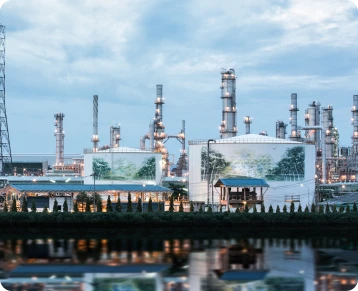
(astm a106 temperature range)
FAQS on astm a106 temperature range
Q: What is the temperature range for ASTM A106 seamless carbon steel pipe?
A: ASTM A106 pipes are designed for high-temperature service. The allowable temperature range is typically between -29°C (-20°F) and 425°C (800°F). Specific limits depend on the grade and application requirements.
Q: What temperature can SA 106 Gr B withstand during operation?
A: SA 106 Gr B is suitable for temperatures ranging from -29°C (-20°F) to 425°C (800°F). Prolonged exposure above 425°C may reduce mechanical properties due to graphitization risks.
Q: How does A333 Gr 6 temperature range compare to ASTM A106?
A: A333 Gr 6 is designed for low-temperature applications, with a range of -45°C (-50°F) to 343°C (650°F). ASTM A106, however, prioritizes high-temperature performance up to 425°C (800°F).
Q: Can ASTM A106 Grade B be used below -29°C (-20°F)?
A: No, ASTM A106 Grade B is not recommended below -29°C. For sub-zero environments, low-alloy steels like A333 Gr 6 are preferred due to enhanced impact toughness.
Q: What happens if SA 106 Gr B exceeds its maximum temperature limit?
A: Exceeding 425°C (800°F) may cause oxidation, scaling, and reduced strength. Long-term overexposure can lead to microstructural changes like graphitization, compromising pipe integrity.
Post time: May . 16, 2025 04:16










